Rob Kyte has always been drawn to birds.
"I joined the young ornithologists club in the UK when I was seven," Mr Kyte said.
"It's in the blood."
Mr Kyte monitors black-necked storks in the Hunter Wetlands National Park, which encompasses Hexham Swamp, Ash Island and Kooragang Island.
This involves birdwatching, surveys and banding.
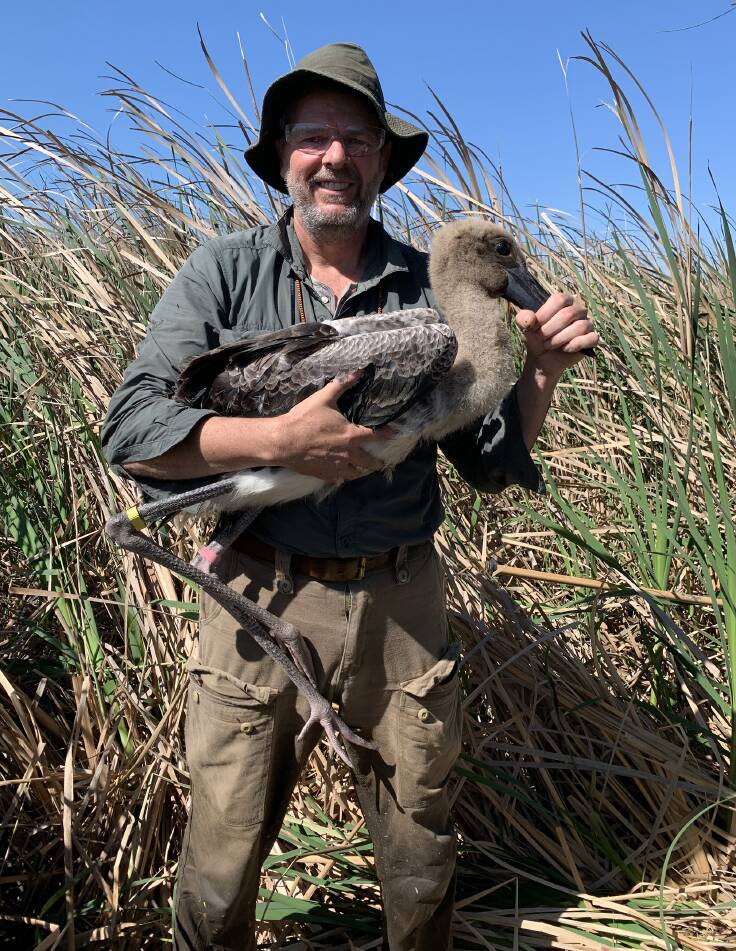
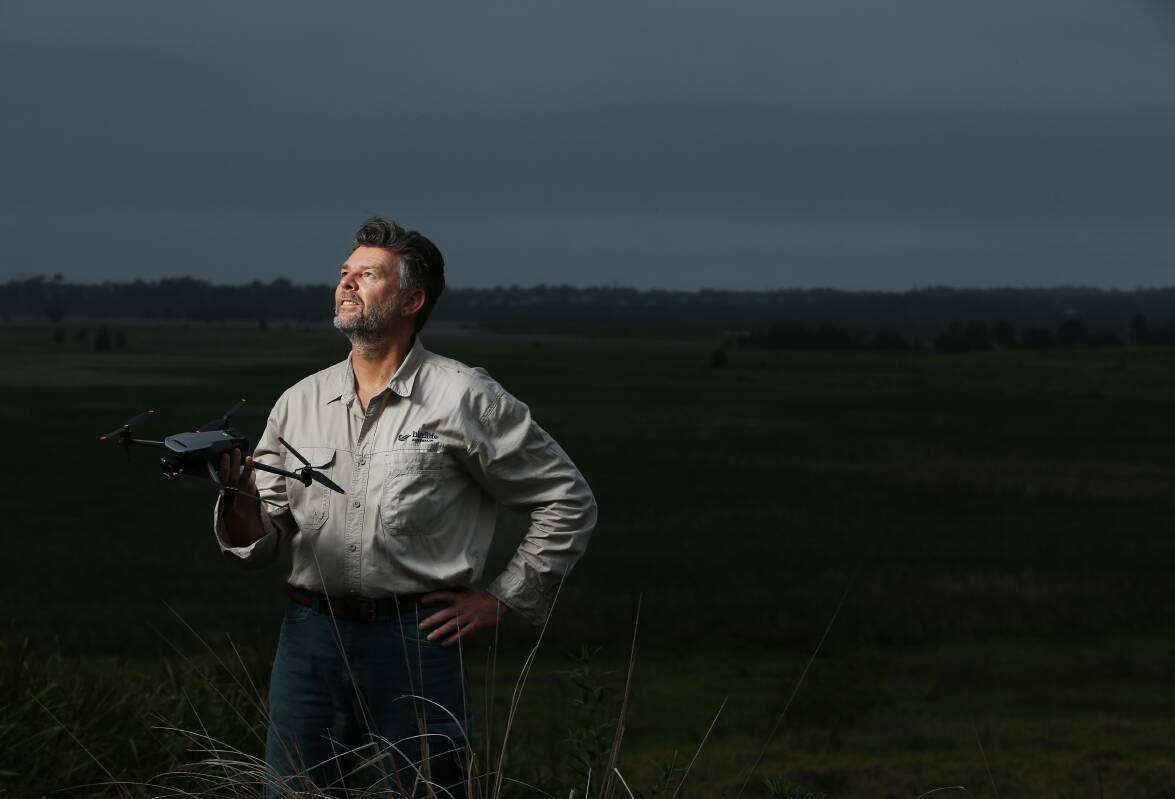
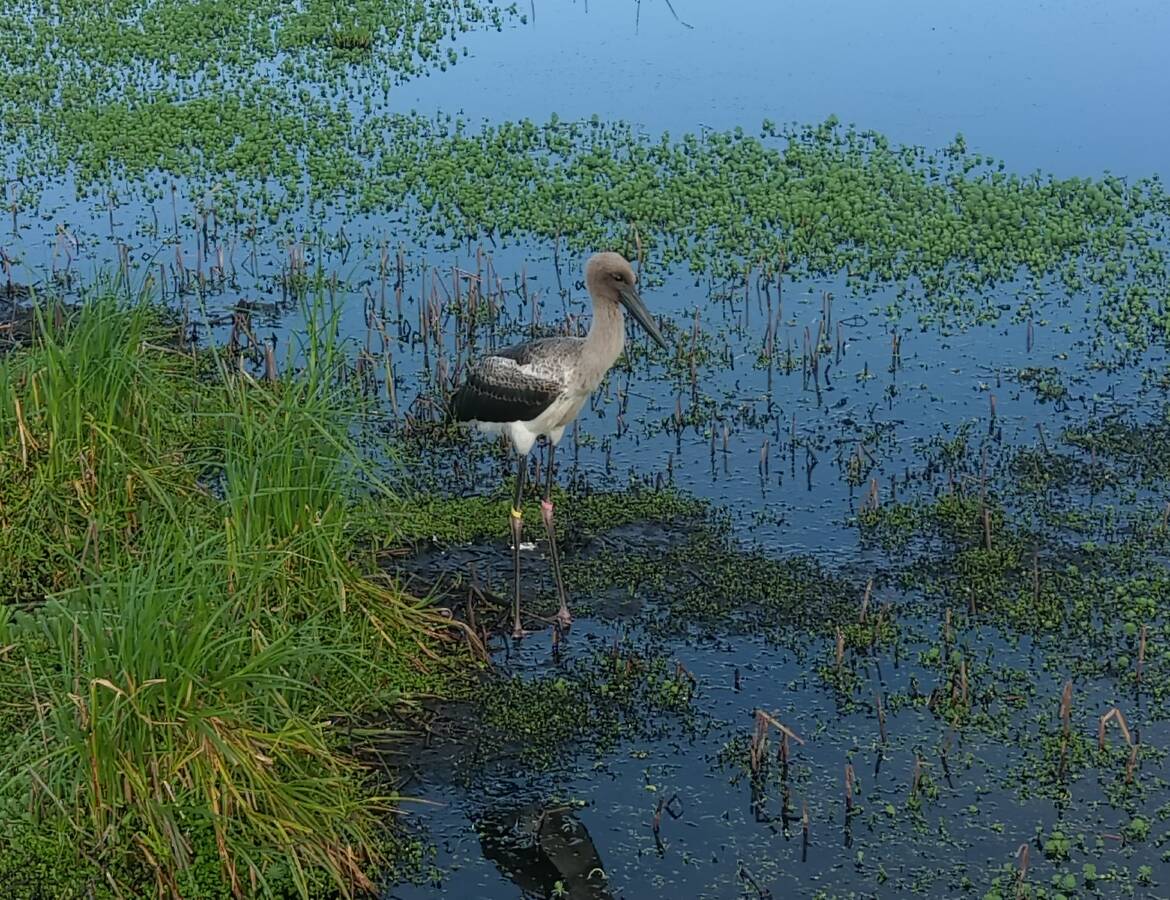
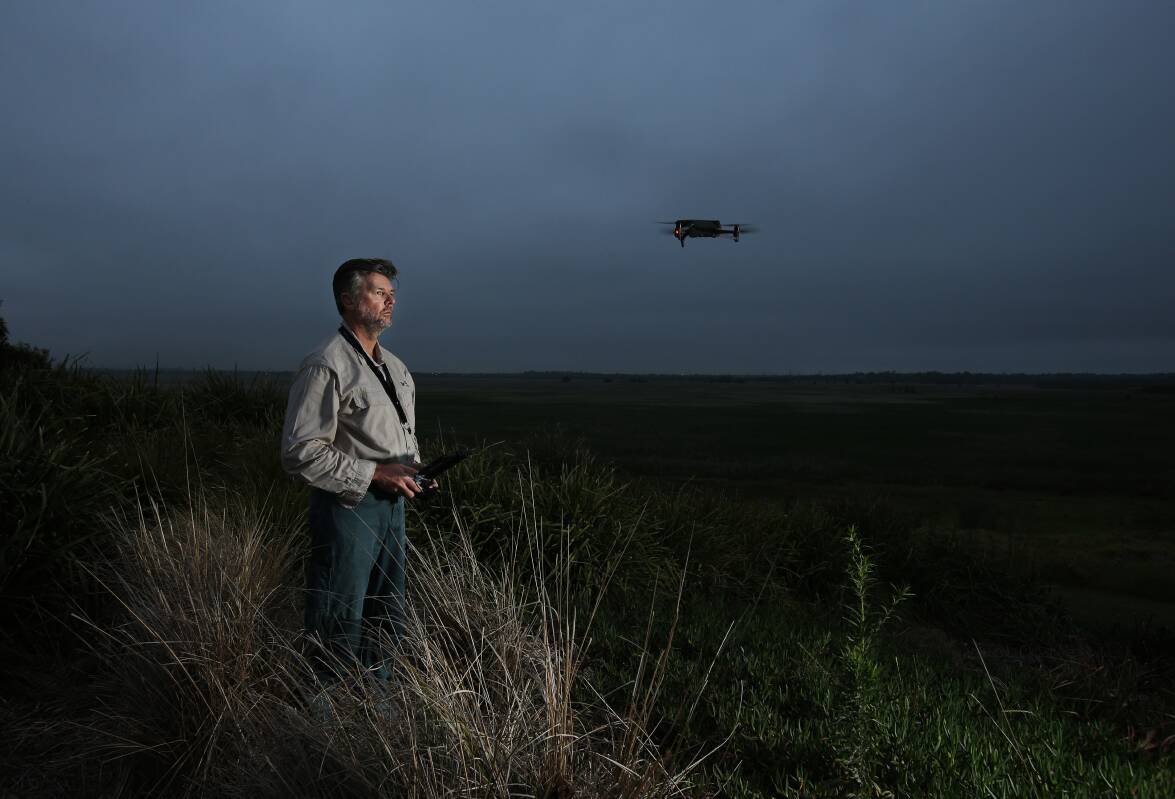
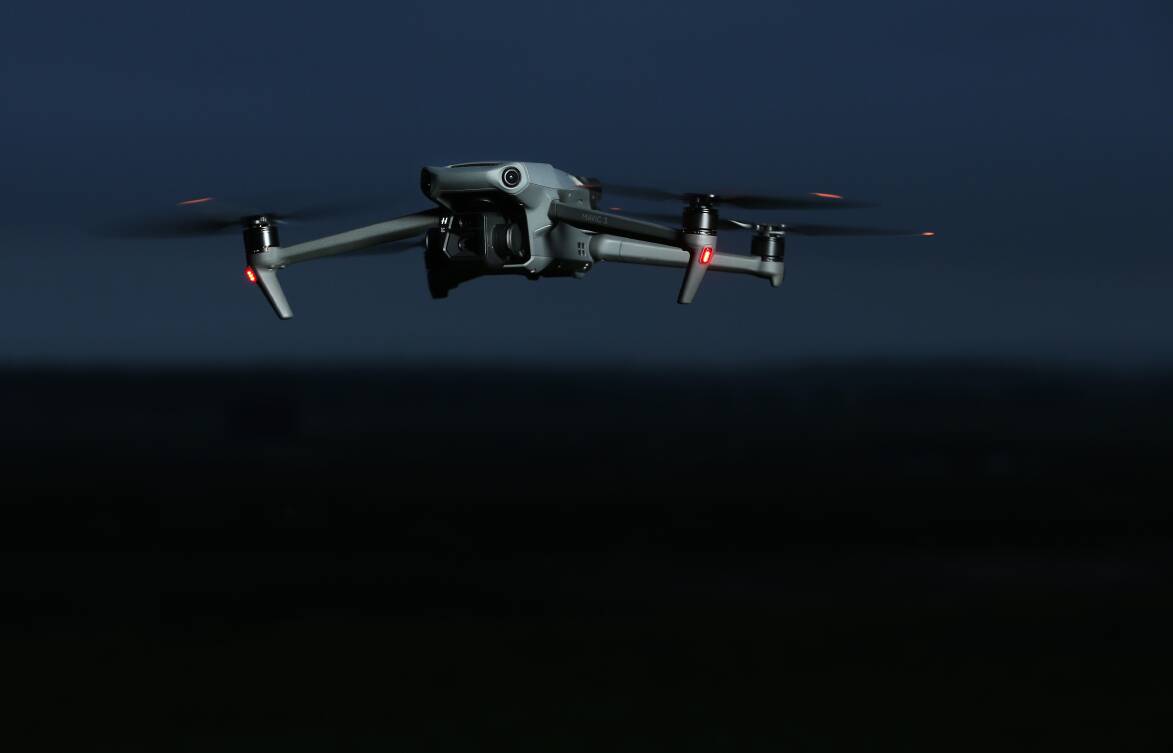
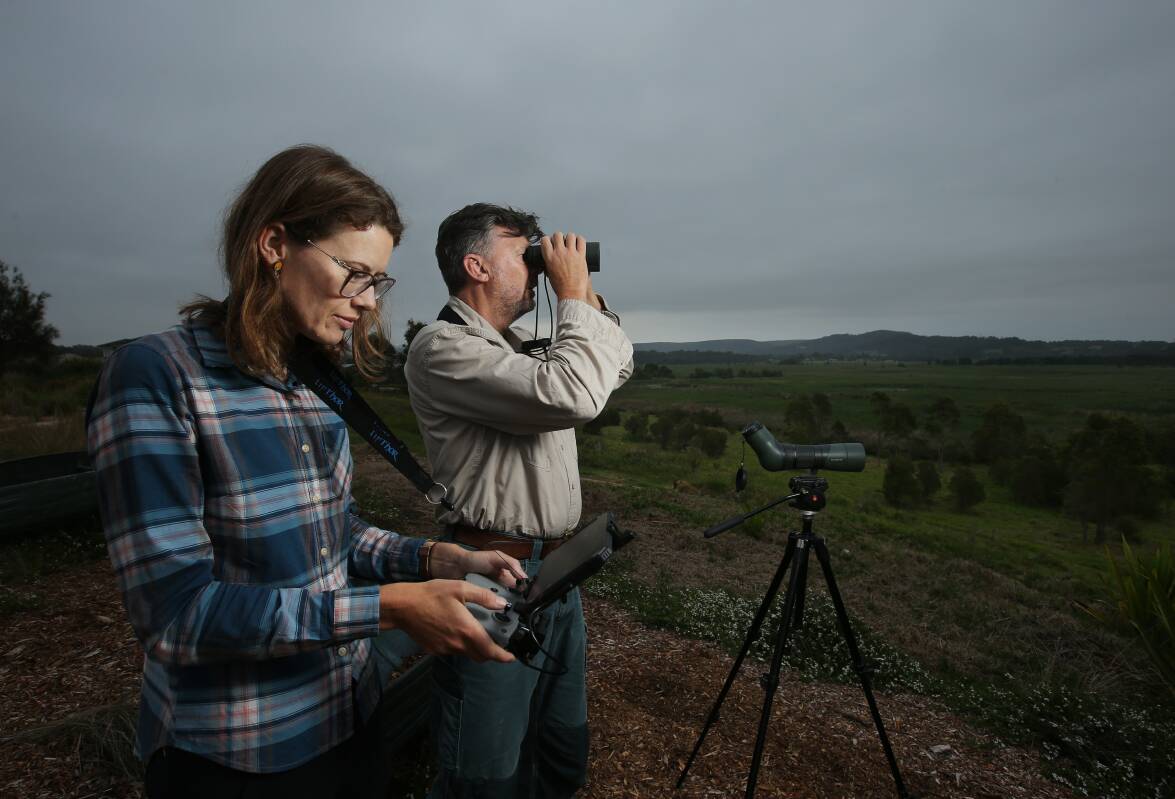
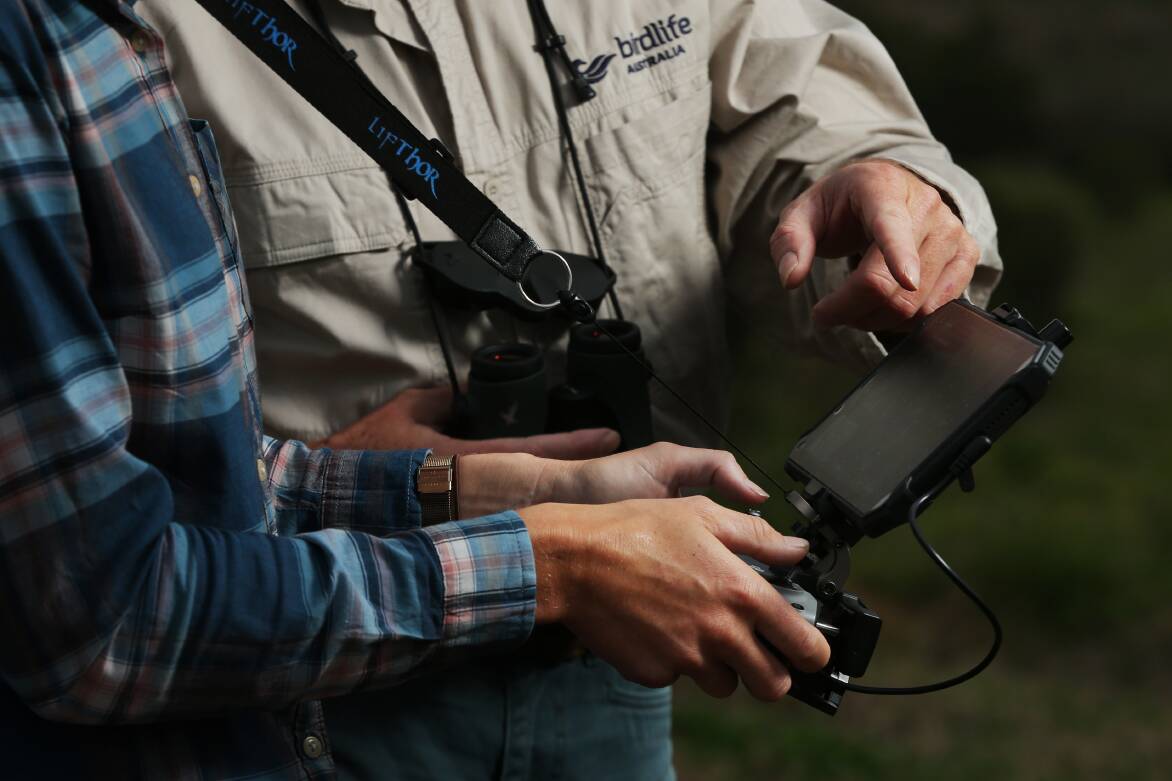
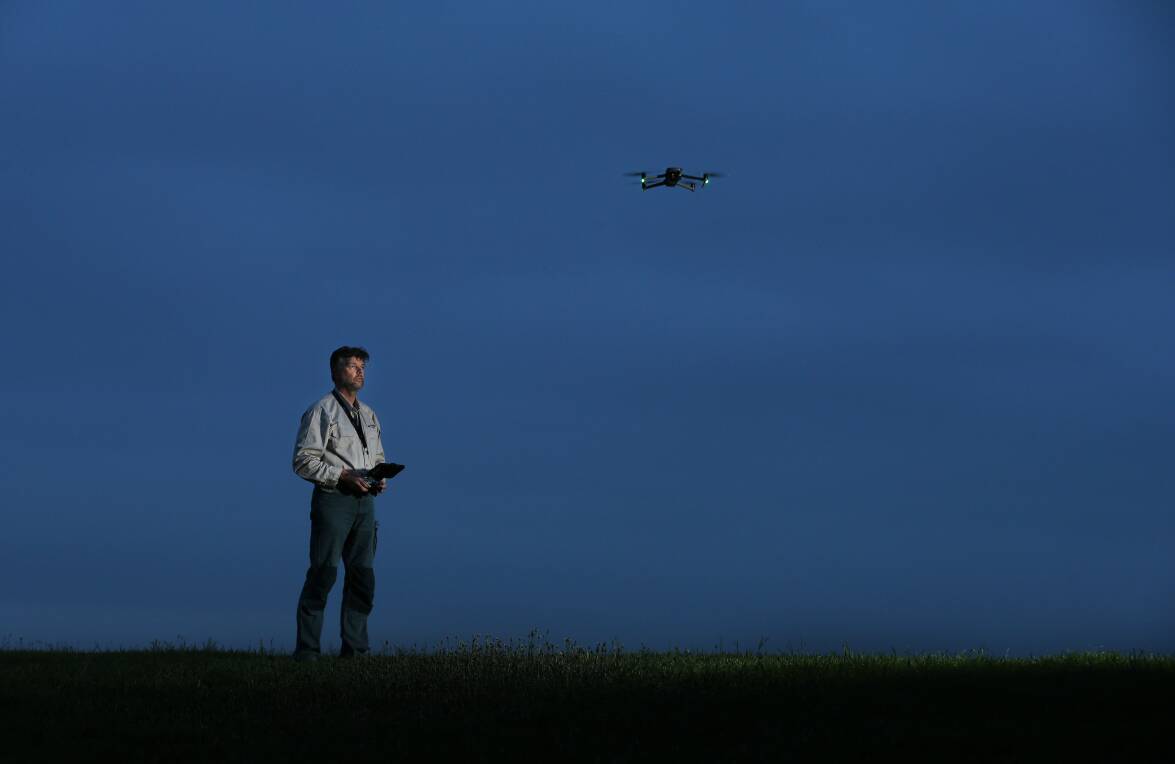
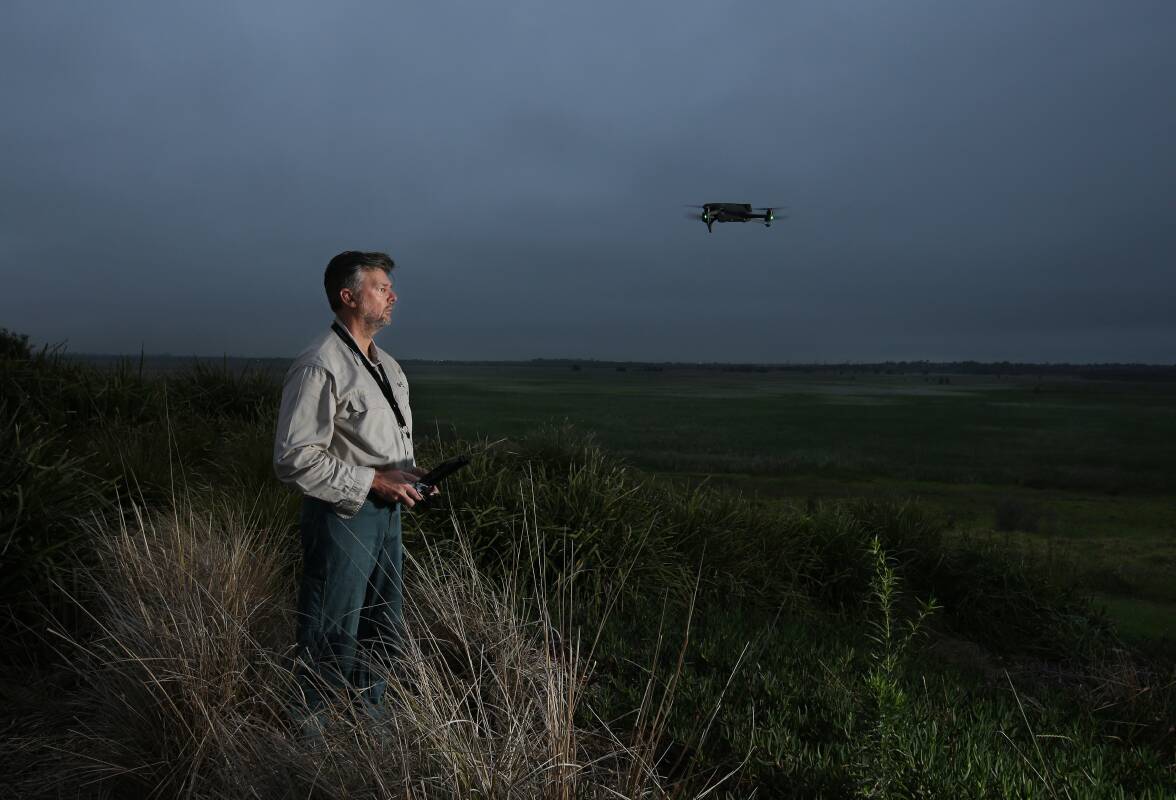
A juvenile black-necked stork he banded recently fledged.
"It is currently feasting on eels, amphibians and invertebrates," Mr Kyte said.
"This is our first confirmed fledging of a banded black-neck stork juvenile in the Hunter."
The bird has been nicknamed "Pillow" because it has a pink and yellow band.
"It is thought they can live for up to 30 years, so we're hoping to hear more from this bird in the years to come."
The black-necked stork is endangered in NSW. The Hunter is close to the furthest south they go.
"We have them breeding on Hexham Swamp. We didn't 10 years ago," Mr Kyte said.
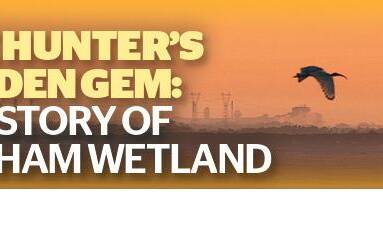
The Ironbark Creek floodgates were opened from 2008 to 2013, helping to restore the environment.
"Now they're breeding there, we're keen to monitor the population and the young so we can find out where they're moving to," he said.
"Not a lot is known about where the young go after they leave the nest."
It is known, however, that they can fly long distances.
"It's thought the young will stay close to their parents' territory for a year or two, but we have no idea where they go after that," he said.

"So by putting coloured bands on their legs, we're hoping these birds will be seen in a few years' time.
"They could turn up down south or in Queensland. We don't really know."
Mr Kyte uses a drone to monitor the nest site and birds on Hexham Swamp.
"We don't want to disturb them any more than we have to," he said.
"When we find the young are a suitable age, we climb the tree and bring them down from the nest, put bands on their legs, weigh and measure them and put them back."
His work involves counting birds, recording observations and submitting his findings to a national database "so we can monitor bird populations, biology and movement".
"The biology relates to their feathers. We look at the different stages of the feather moult. All birds shed old feathers and grow new ones," he said.
"We also look at their breeding activity and give them health checks. Parasites could be affecting them."
When he catches birds, he puts metal bands on their legs, which have a unique number.
"We measure and weigh them because there's not a lot known about many Australian birds," he said.
"The reason we band them is we could possibly sight and catch them again."
Or they could be seen elsewhere in the future and "we can then estimate their age and distance they've travelled".
"More often than not we use mist-nets to catch the birds. You have to be qualified to do that. The welfare of the birds always comes first," he said.
"If we have any doubt about the welfare of the bird, we release it quickly. My work is monitored by the government to ensure accountability and that guidelines are followed.
"I'm not a one-man band. I have an experienced team with me."
Mr Kyte said he had "always cared for native wildlife and the environment".
His passion had grown with greater threats to nature from "the expansion of towns and cities".
He said the swamp was "a very rich environment".
"There are threats from human encroachment that need to be addressed.
"The riparian fringes of the swamp sustain lots of birds, not just waders."
Australia had lost a lot of green corridors "where birds can leapfrog from one spot to another".
"To have an area with a rich environment is so important to maintain, protect and look after."







